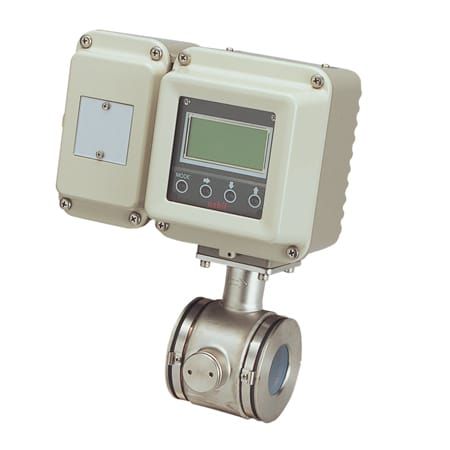Toward a decarbonised future
As 2023 draws to a close, TotalEnergies takes a look at some of its wins throughout the year, while also detailing what 2024 might have in store.
Decarbonisation has long been a primary goal for TotalEnergies, and the company has found that 2023 events set the perfect stage to help get this message across.
“IMARC (International Mining and Resources Conference) 2023 was a great opportunity for us to showcase our multi-energy portfolio and our commitment to sustainable development,” TotalEnergies vice president – lubricants, specialties and B2B, Asia-Pacific Middle East, Vincent Minard told Australian Mining.
“We participated in speaking engagements and panel discussions, where we shared our insights and best practices.”
In Minard’s speech at IMARC’s Powering Mines with Renewable Energy Sources presentation, he said TotalEnergies is well-placed to help miners meet their net-zero goals.
“We have studied the various decarbonisation roadmaps that the mining companies are developing and have noticed that they are not necessarily aligned in terms of products to be used, or the timing of when those products will be needed,” he said.
“At TotalEnergies we look at mining companies not as single entities, but as part of a local or regional eco-system, because we believe that by aligning the milestones on the roadmap we have the best chance of cost optimisation.”
TotalEnergies vice president – global mining, one B2B solutions, Dirk de Bruyn also spoke at the event.
As TotalEnergies continues to invest more in decarbonisation and mining, the company has seen its clients shift toward achieving operational excellence with low-carbon energies.
“We have a wide footprint and presence in over 130 countries, which enables us to transfer knowledge and expertise across different markets and sectors,” de Bruyn said.
“At TotalEnergies, we recognise the challenges facing the mining industry today in understanding what roadmap they can follow to meet their net-zero objectives.”
With 2025 on the horizon, TotalEnergies is looking into what the mining industry needs and how the company can best support the journey to net-zero.
“There is a lot of work being done on battery-electric vehicles, full electric vehicles, hydrogen or natural gas, and everyone is wondering which new energy will emerge as the winner in mining,” de Bruyn said.
“But we don’t believe that this a race where there will be only one winner.
“With the wide range of equipment in mining, coupled with a range of different life-of-mines and a mix of geographical locations, each with their own local policy and regulations, there is a likely to be a mix of solutions, and even this mix is likely to change as we transition through the options between now and 2050.”
Source: https://www.australianmining.com.au/toward-a-decarbonised-future/


